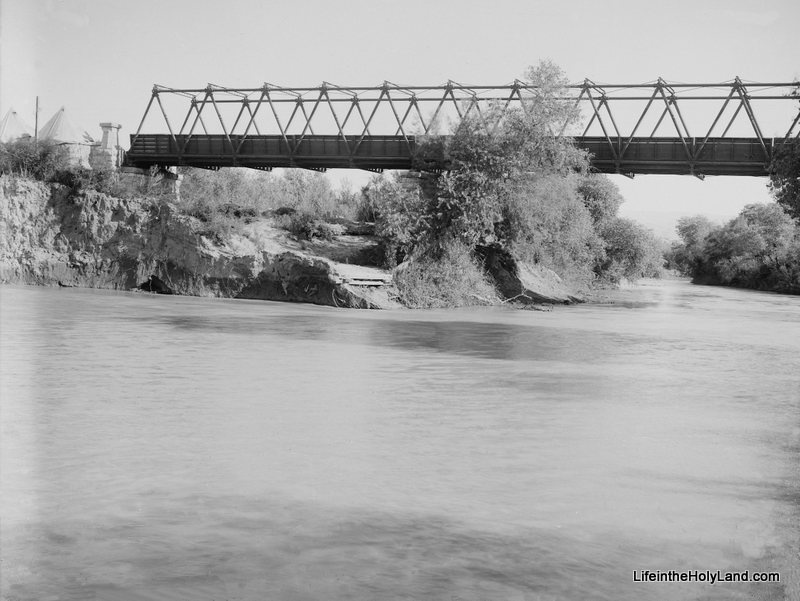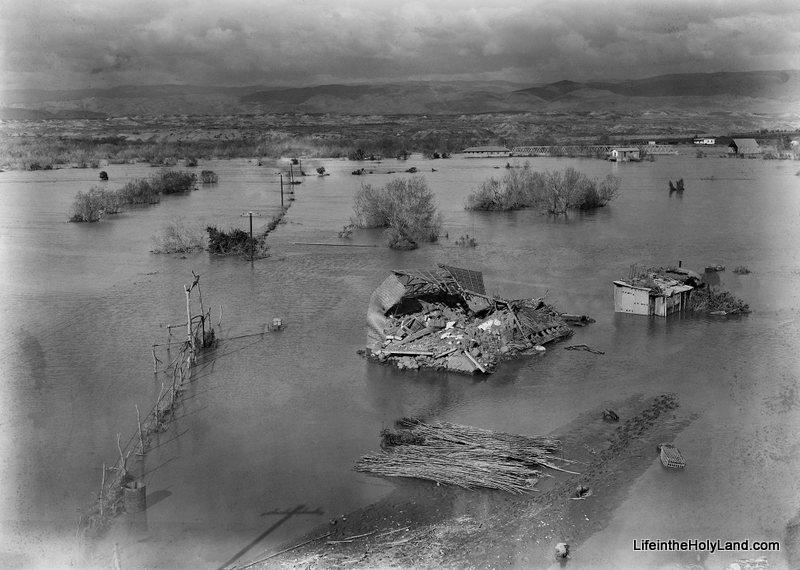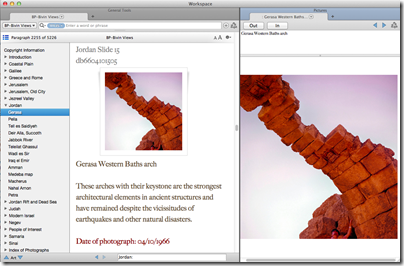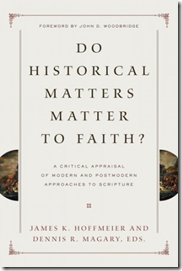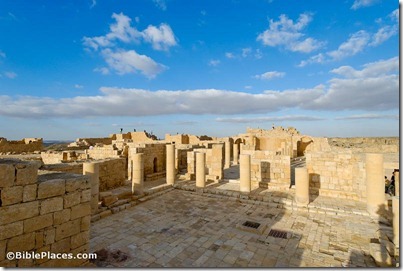(Post by Seth M. Rodriquez)
Joshua 3:15 makes the following comment in passing: “now the Jordan overflows all its banks throughout the time of harvest” (ESV). In the context of this chapter, Israel is about to cross into the Promised Land over a miraculously dry riverbed and this comment is included to give greater significance to the miracle. But before you rush to the Jordan with your camera during the next harvest season to snap a photo of this natural phenomena, let me save you some shekels by telling you that the flooding of the Jordan River is not something that happens today.
According to a 2010 report about the Jordan River (noted previously on this blog here), the Jordan River contains only 3% of the water that it did 100 years ago. According to that report, the river discharged 1.3 billion cubic meters of water in the 19th and early 20th centuries (but see a more conservative estimate in the quotation below from the Encyclopaedia Judaica). The report contrasts this with the current discharge of the river which is 20 to 30 million cubic meters. Or to put it in numerical form:
- 1,300,000,000 cubic meters per year in the past.
- 30,000,000 cubic meters per year today.
So “overflowing all its banks” is not a phrase that is typically used when describing the Jordan River today.
Fortunately, we have photographs from the first half of the 20th century that can help us illustrate this biblical phrase. Our picture of the week (and a bonus picture) come from Volume 3 of The American Colony and Eric Matson Collection which focuses on Southern Palestine. To show the contrast in the river’s levels, I have included two photos from that collection. The first photo is a picture of the newly constructed Allenby Bridge with the Jordan River flowing peacefully about 30 feet below it.
(As a side note, this is not the Allenby Bridge/King Hussein Bridge used today, but merely a forerunner of the modern bridge.)
The date of the photograph above is around 1920. The photograph below was taken in February, 1935. This was an unusually high year for the Jordan River and it “overflowed all its banks,” damaging and destroying surrounding buildings and roads.
If you look closely in the upper right section of the photo you can see the Allenby Bridge with its bottom edge touching the water. A closer view of the bridge can be seen in another photo from the collection which is posted here.
This flood year is mentioned in passing in the Encyclopaedia Judaica:
The Jordan discharges c. 875 million cu. m. into the Dead Sea a year; its yearly fluctuations are great and are caused mainly by the Yarmuk: in 1933, 287 million cu. m. and in 1935, 1,313 million cu. m.
According to this statistic, the Jordan River discharged 50% more water that year than the yearly average. There is no way of knowing how much water was discharged during the year that Joshua and the Israelites crossed, but we can be certain that the photograph above is a much better illustration of how it looked than any picture that could be taken today.
Fortunately the future of the Jordan River is looking brighter. This last summer, this blog noted a report about a plan by Israel to divert some additional water to Jordan River (see post here). Perhaps future generations will again be able to see the Jordan overflow its banks.
These photographs and over 550 others are available in Volume 3 of The American Colony and Eric Matson Collection and can be purchased here for $20 (with free shipping). Other historic images of the Jordan River can be seen here and here on LifeintheHolyLand.com, as well as a page devoted to illustrating Joshua and the Israelites “Entering the Promised Land” here.
